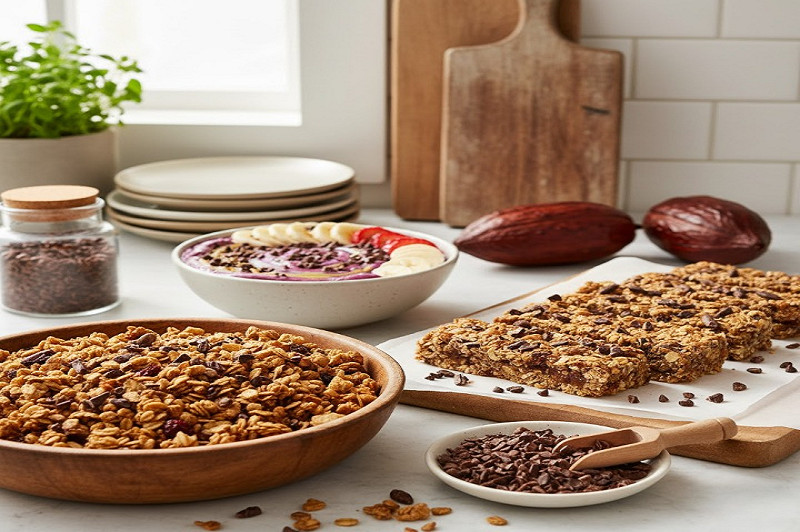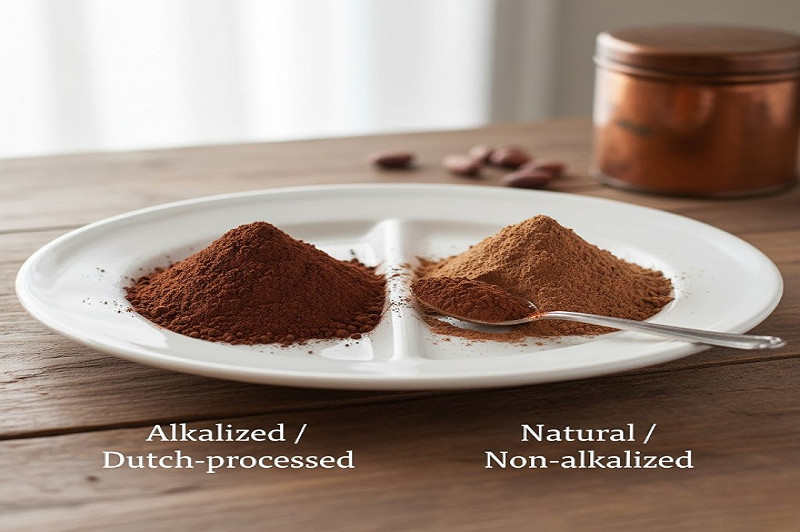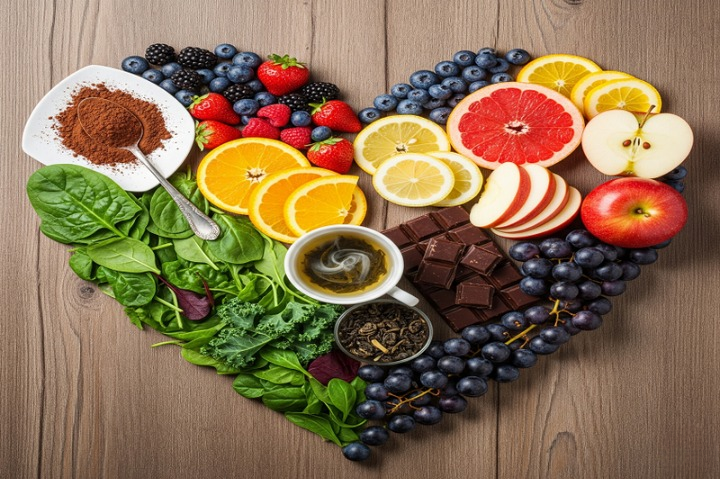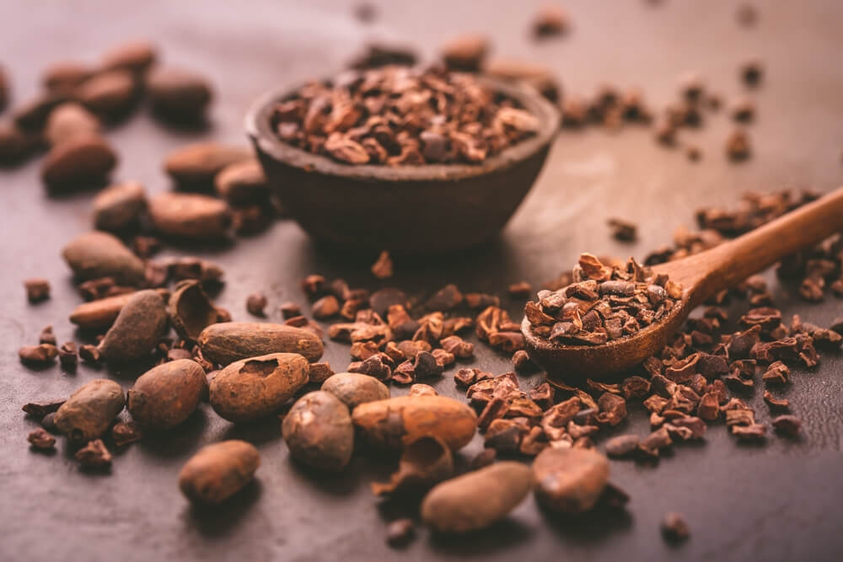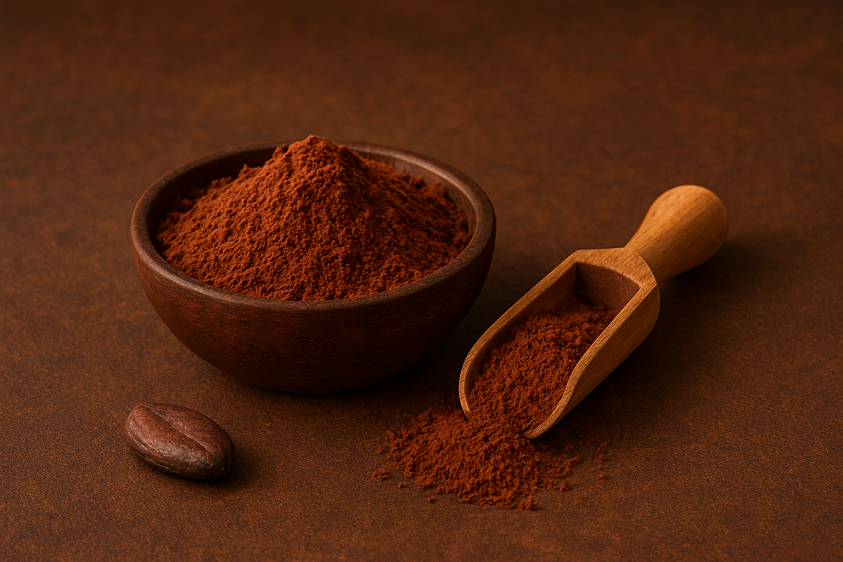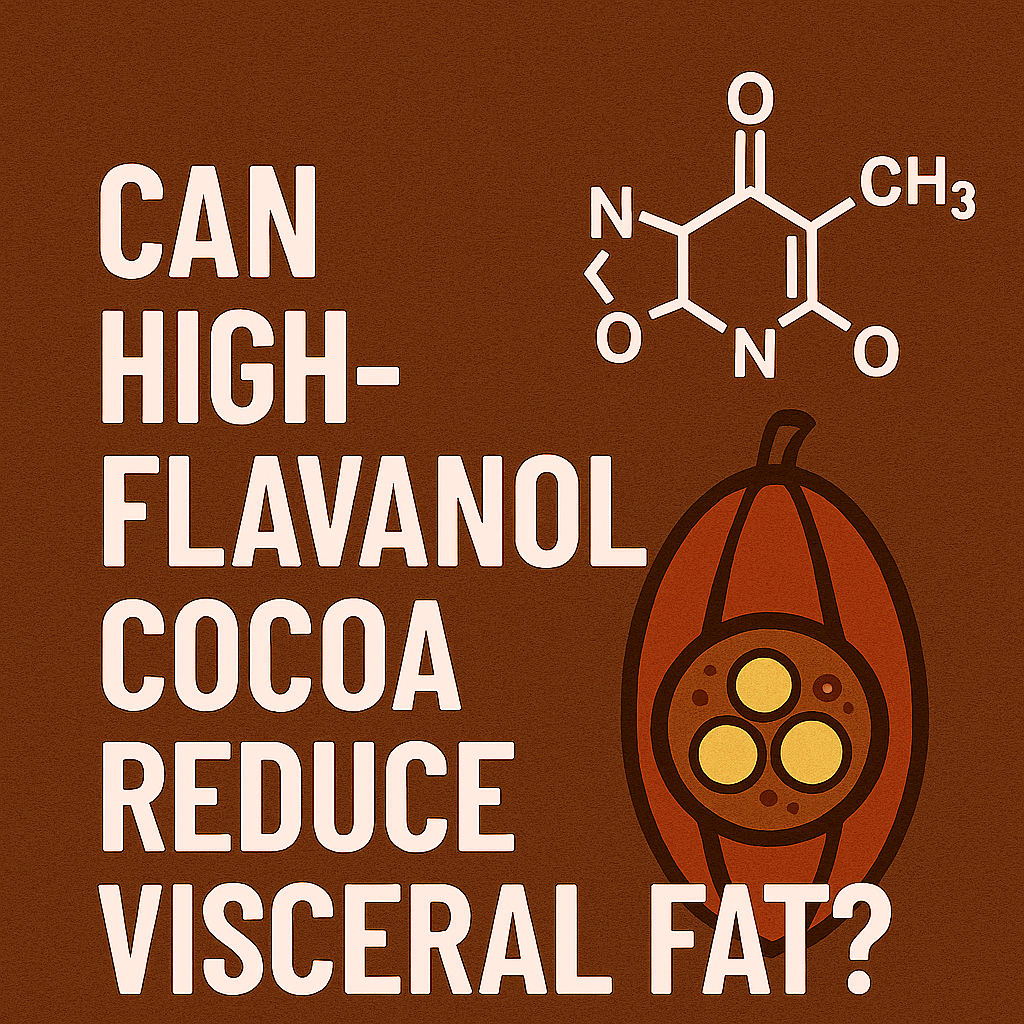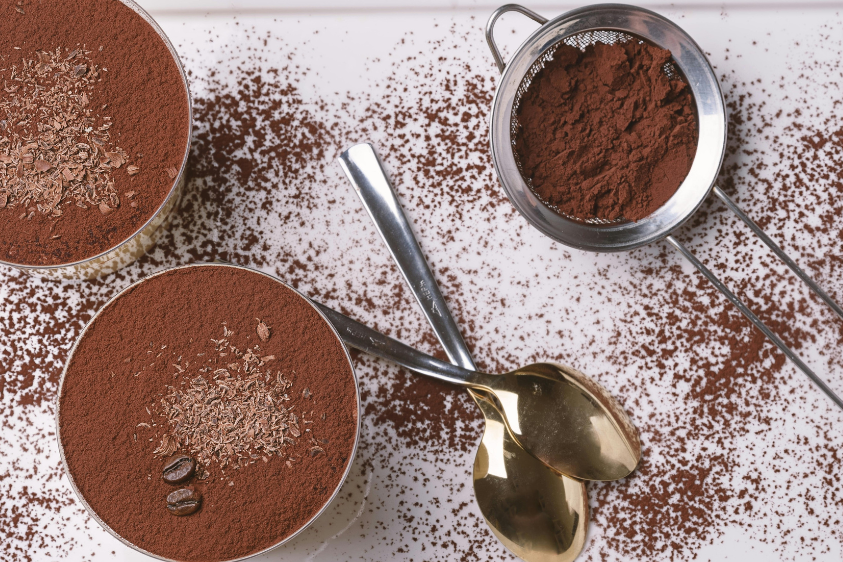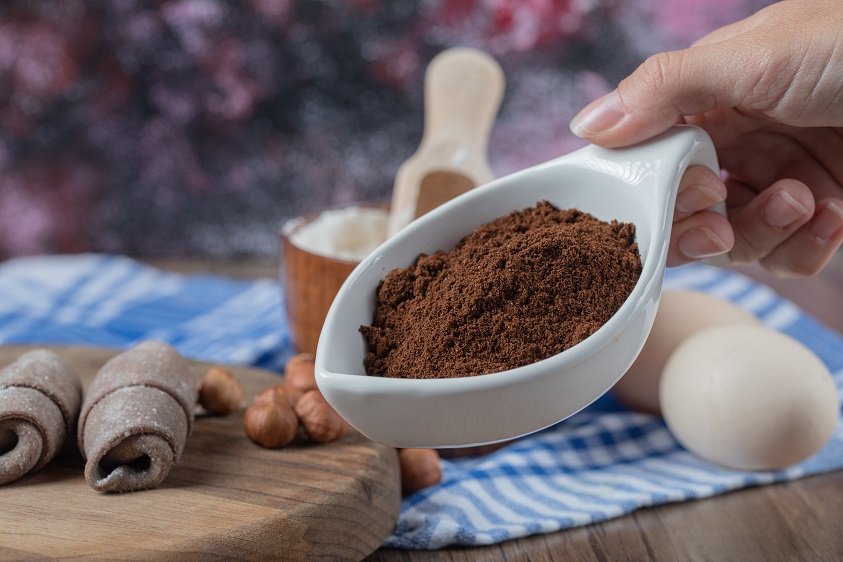
7th Dec 2025
Dessert Using Red Cocoa Powder That Looks Stunning Without Artificial Coloring
Red cocoa powder is the secret ingredient you need to make a dessert look pretty without using food coloring. It naturally turns dishes a deep red color, and gives them a rich chocolate taste that mak…
Read The Article

